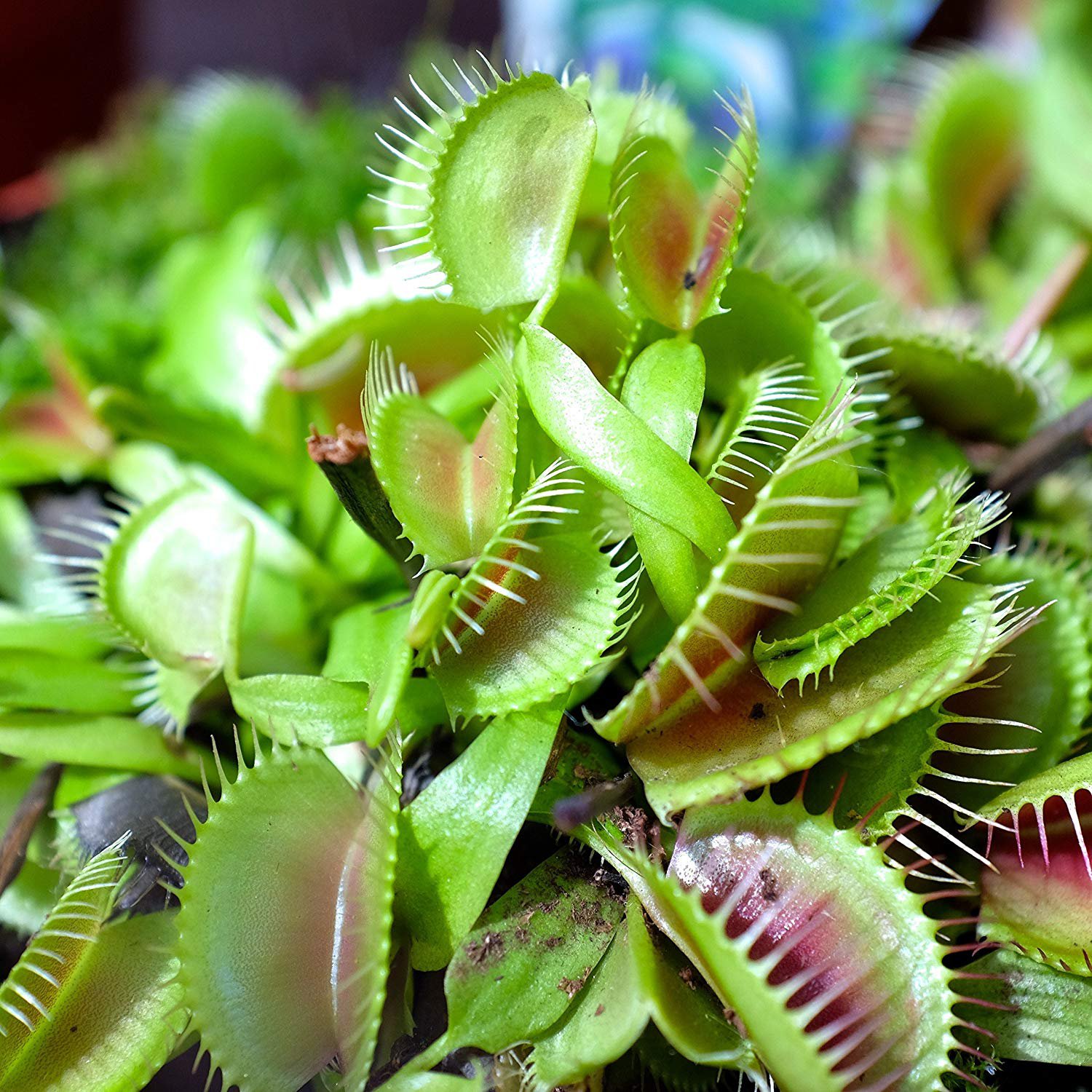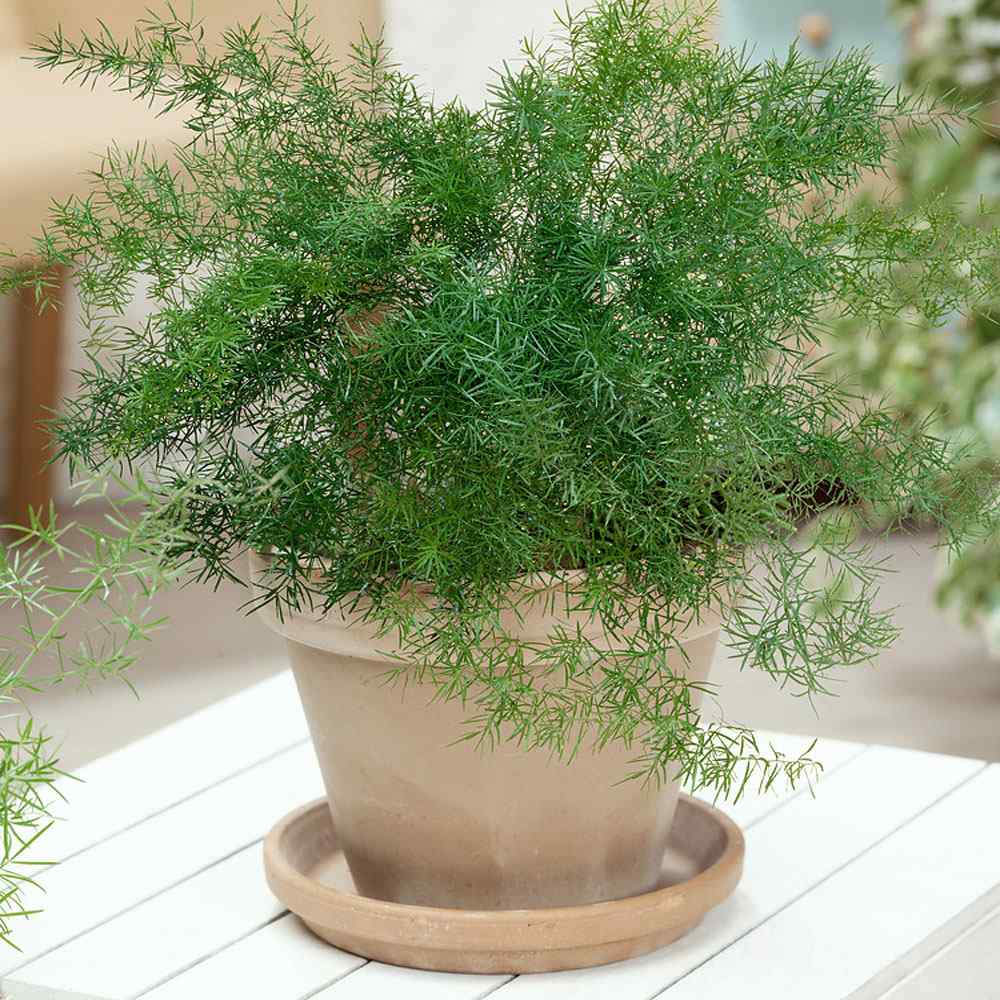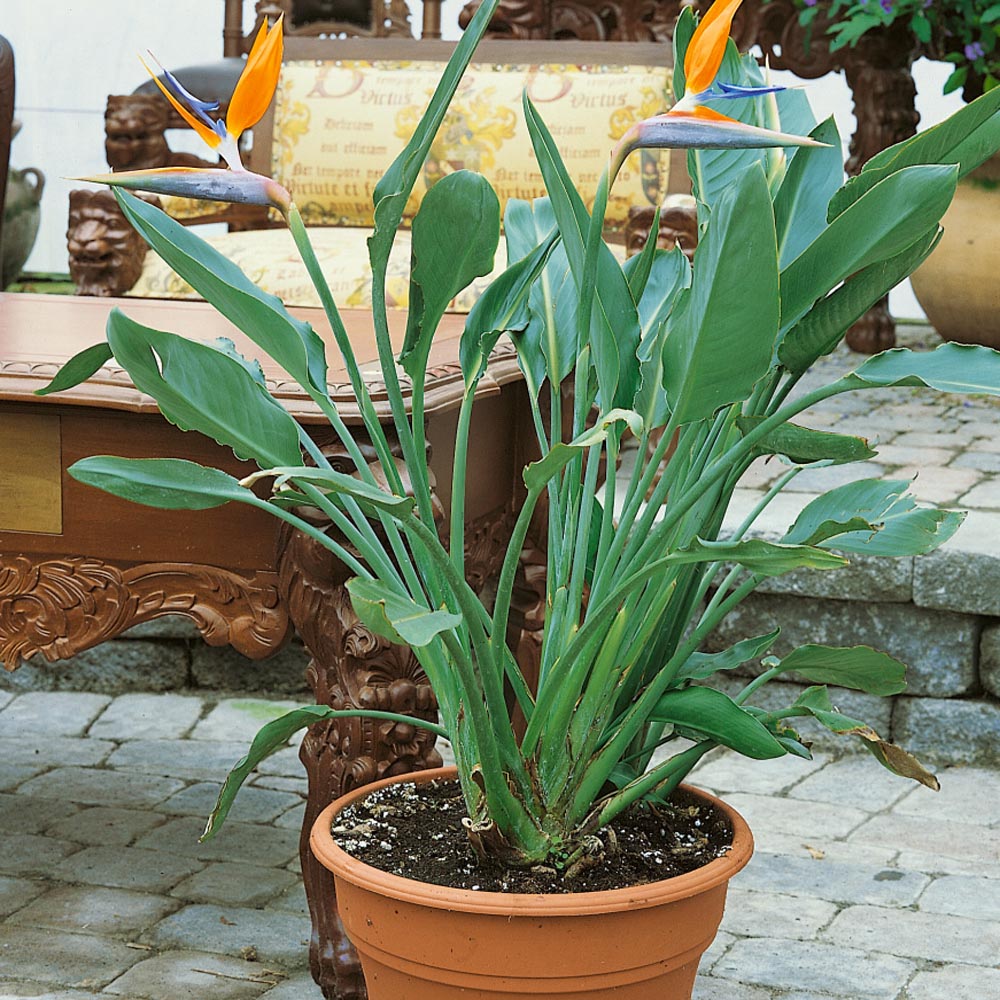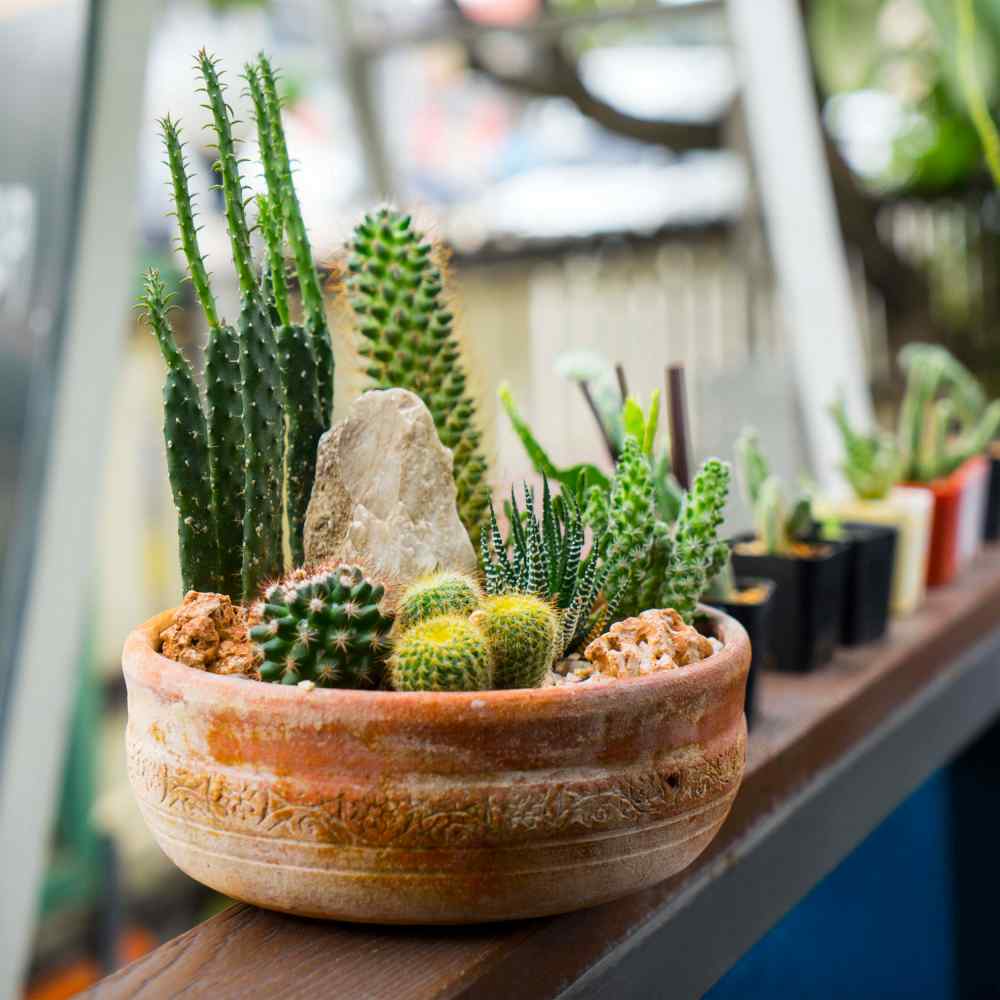
Venus Flytrap Planting Guide
Quick Facts About Venus Flytrap
Venus Flytrap is a very unique plant that is a carnivorous plant. It catches its prey, mainly insects and arachnids, with a trapping structure formed by each of its leaves. It makes a great potted houseplant.
Planting Time
Plant indoors 4 - 6 weeks before the last frost. Or, start directly outdoors after danger of frost has passed.

Planting Location
Plant in full sun to partial shade in poor, acidic soil with good drainage.
How to Plant Venus Flytrap
- You have two options for planting seeds: Sow them directly into the garden by not covering seeds with soil after the risk of frost has passed. Alternatively, start seeds indoors four to six weeks before the average last frost date in spring.
- Sow 1 - 2 seeds per cell or plant.
- Once seedlings sprout, ensure they receive plenty of light by placing them on a sunny windowsill or positioning them 4 - 7 inches below fluorescent plant lights that are switched on for 16 hours daily and off for 8 hours at night. Adjust the lights as the plants grow taller. Avoid using incandescent bulbs as they generate excessive heat. Remember, most plants need a period of darkness to thrive, so do not keep the lights on for 24 hours.
- Transplant into garden when temperatures are consistently warm.
- Before transplanting seedlings into the garden, it's essential to "harden them off". This involves acclimating young plants to outdoor conditions by placing them in a sheltered outdoor area for about a week. Initially, shield them from strong winds and direct sunlight. If there's a risk of frost overnight, either cover the plants or bring them indoors, then return them outside in the morning. This hardening off method helps strengthen the plant's cell structure, minimizing transplant shock and sun damage.
- Space plants 9 inches apart in garden.

Care And Maintenance
- Keep weeds under control during the growing season. Weeds compete with plants for water, space and nutrients, so control them by either cultivating often or use a mulch to prevent their seeds from germinating.
- Mulches play a vital role in preserving soil moisture and ensuring consistent soil temperatures. When it comes to annuals, using organic mulch made from shredded leaves not only enhances the appearance of the bed but also enriches the soil as it decomposes over time. Remember to keep mulch away from the plant stems to avoid potential rot issues.
- Keep seeds moist until germination. Bottom water tray using only distilled water, as tap water may kill seedlings.
- Do NOT use fertilizer or potting soil. Only use peet moss or sphagnum moss. Venus Fly Trap gets its nutrients from insects so DO NOT fertilize.
- Venus Flytraps do best in bright light, but can live in partial shade. Avoid placing them in direct sunlight in the summer, especially if they live under glass, as plants hit with direct sunlight may get too hot and burn up. If the Venus Fly Trap does not show a pink interior, or the plants have long, spindly leaves, they are not getting enough sunlight.
- Keep the environment humid and the soil moist but do not let the plants stand constantly in water. Grow them in a pot with drainage holes, or if grown outside plant in good draining soil. Make sure plants have good air circulation as well.




































